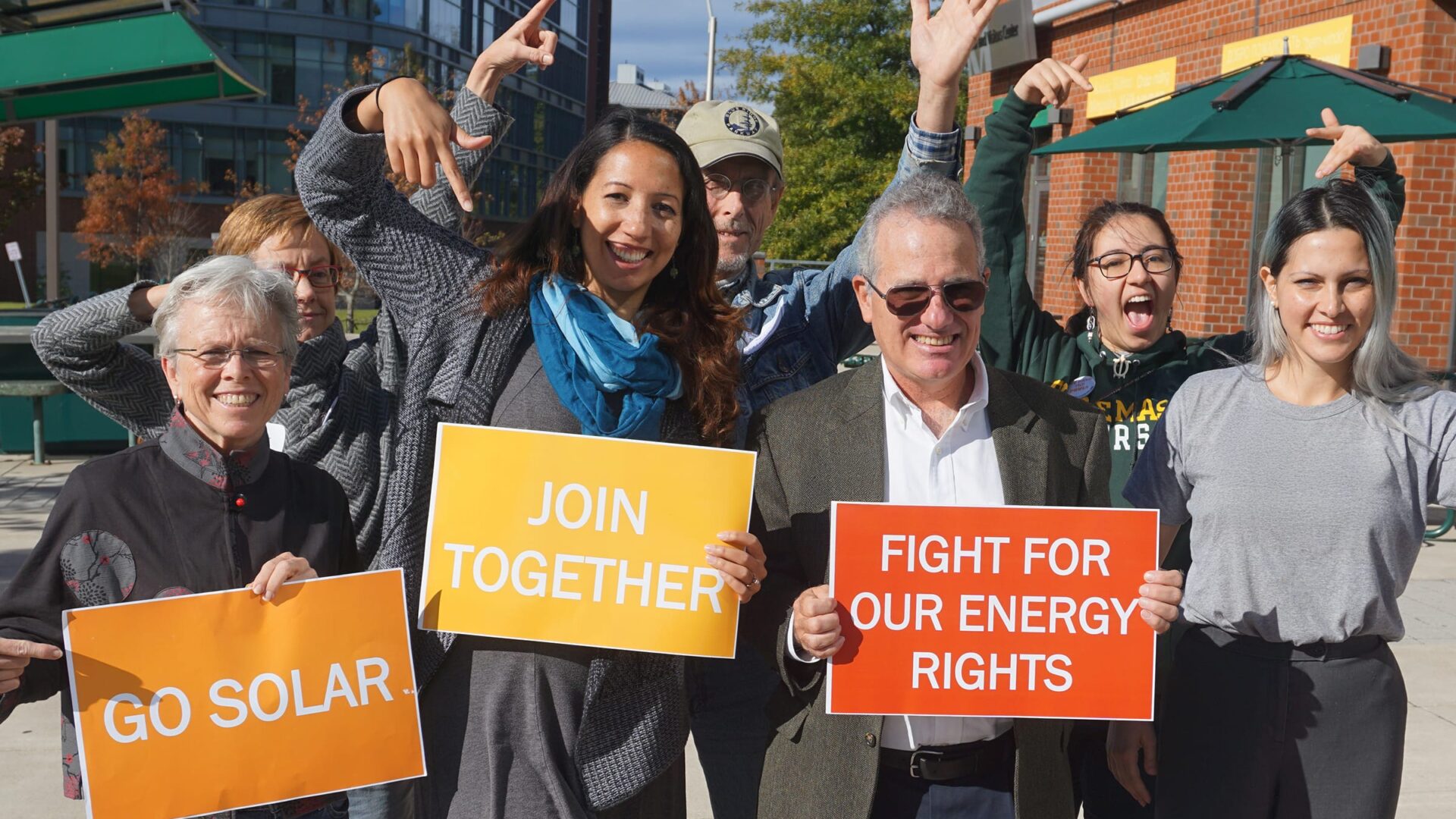Net metering in Nevada
- Factsheet

What is net metering?
Net metering is the policy that enables you to receive credit for any excess electricity your solar system produces. Electricity not used at your home flows out to help power your neighbors. Through net metering, your utility credits you for their use of that electricity.
Nevada’s Renewable Energy Bill of Rights
Each state’s legislature decides its net metering policies. In 2017, Nevada’s legislature passed Assembly Bill 405, the Renewable Energy Bill of Rights.
For customers of Nevada’s main electric utility, NV Energy, the utility provides this “fair credit” through net metering. Other utilities, including Valley Electric Association (VEA), may offer alternatives to net metering, such as “net billing.”
The Renewable Energy Bill of Rights covers solar systems that are 25 kilowatts or less. This size is typical for rooftop systems on homes and small businesses.
How net metering works in Nevada
New solar customers fall into Tier 4.
Nevada uses a tiered rate structure to credit solar owners for the electricity they generate. Any new solar owners receive the Tier 4 rate. The rate is 75% of the retail rate. In other words, it’s less than full net metering. Customers will keep this rate for 20 years at the location where their solar system was originally installed, unless modified by new legislation.
Historical tiers (1, 2, and 3):
Between June 2017 and June 2020, the system categorized solar owners into Tier 1, 2, or 3. A person’s tier depended on when they installed solar.
- Tier 1 was the net metering rate for customers who signed up on or after June 15, 2017. This date is when Assembly Bill 405 went into effect. The Tier 1 rate for excess electricity is 95% of the retail rate. When the applied-for and installed capacity reached 80 megawatts in August 2018, Tier 1 closed to new customers.
- Tier 2 opened next. Customers in this tier receive 88% of the retail rate. Tier 2 closed when capacity reached 80 megawatts in June 2019.
- Tier 3 opened in August 2019 and reached its 80-megawatt capacity in June 2020. The Tier 3 rate is 81% of the retail rate of electricity.
A note about Time-of-use pricing
Utility customers who opt for Time-of-use pricing should be aware of its impact on net metering rates. Credit will be higher for excess electricity produced by your solar panels during peak hours (typically in the late afternoon). However, peak solar production usually occurs earlier in the day, when electricity rates are lower.
To make up for this discrepancy, you may consider:
- Orienting your panels to maximize the amount of energy produced during peak times
- Installing battery storage. This will enable you to store solar energy earlier in the day and use it during peak hours
Protecting net metering in Nevada
The history of net metering in our state
- Until 2015, Nevada’s net metering provided a fair credit to solar homeowners.
- At the end of 2015, the Public Utilities Commission of Nevada (PUCN) approved a new policy that changed net metering. The policy reduced the value of net metering for most customers (those using NV Energy).
- In 2017, the Nevada legislature reinstated net metering for NV Energy customers, using the tiered system. Any new solar owners receive the Tier 4 rate, which is 75% of the retail rate. In other words, it’s less than full net metering.
Stand up for fair solar policy in Nevada
Newly proposed utility rate increase: What ratepayers need to know
- Massive rate hike: There is currently a proposal for a $216 million rate increase—double what was requested in 2023.
- Questionable priorities: The proposed increase would raise the return on equity from 9.5% to 10.25%, potentially boosting shareholder profits at consumers’ expense.
- Conflicting messaging: Despite the significant rate increase proposal, there are claims that customer bills will decrease—a contradiction that warrants careful examination. Continued dependence on volatile methane gas prices creates ongoing financial uncertainty for all Nevada ratepayers.
- Attack on solar owners: The proposal includes changes to net metering by shifting from monthly to 15-minute netting periods for new solar customers—effectively creating a new tariff for these customers and making solar less accessible.
- Devaluing solar energy: Nevada solar owners already do not receive fair credit for their contributions to the grid, and the new proposal could reduce this compensation even further.
- Stand up for solar rights: At SUN, we firmly believe homeowners deserve fair credit for their solar investments that benefit the entire grid. Join us in fighting this unfair proposal!
Get the latest on solar straight to your inbox.
Fight for your solar rights.
Everyone has the right to go solar. Spread the sunshine nationwide and in your local community by taking action, joining events, and more.
